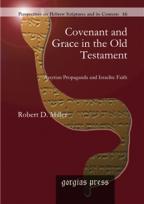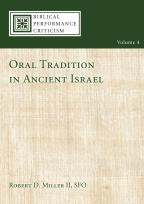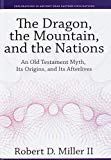

Miller explains how Israel understood its relationship with Yahweh. Israel borrowed language from Assyria in describing its covenant with God, and this book reveals what �covenant� meant, and that it is not �covenant� at all, but �grace.�
Learn More
Miller reconstructs what ancient Israelite oral literature would have been and considers criteria for identifying orally derived material in the narrative books of the Old Testament, marking several passages as highly probable oral derivations. The epilogue treats the contentious topic of historicity and shows that orally derived texts are not more historically reliable than other texts in the Bible.
Learn More
The Dragon, the Mountain, and the Nations investigates the origins, manifestations, and meanings of a myth that plays a major role in the Hebrew Bible and a substantial role in the New Testament: the dragon-slaying myth.
The dragon-slaying myth has a hoary ancestry, extending back long before its appearance in the Hebrew Bible, and a vast range, spanning as far as India and perhaps even Japan. This book is a chronicle of its trajectories and permutations. The target of this study is the biblical myth. This target, however, is itself a fluid tradition, responding to and reworking extrabiblical myths and reworking its own myths. In this study, Robert Miller examines the dragon and dragon-slaying myth throughout India, the proto-Indo-European cultures, and Iran, and among the Hittites as well as other ancient Near Eastern and Mesopotamian traditions, and then throughout the Bible, including Genesis, the Psalms, Daniel, and ultimately the New Testament and the book of Revelation. He shows how the myth pervades many cultures and many civilizations and that the dragon is always conquered, despite its many manifestations. In his conclusion, Miller points out the importance of the myth as a hermeneutic for understanding key parts of biblical literature.
Learn More